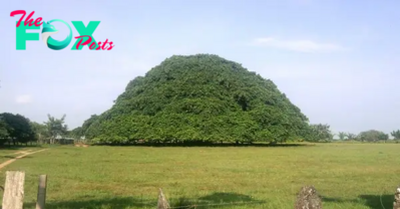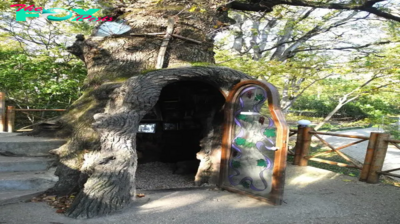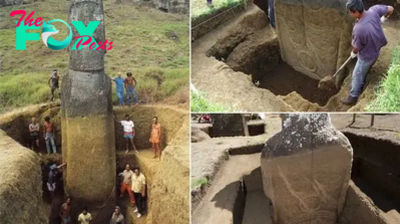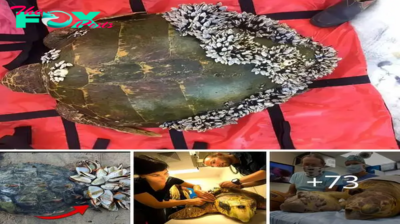Animals
Incredible discovery: Man catches mutant fish-bear hybrid on Arctic expedition (video)
The frozen landscapes of the farthest polar region hold hidden secrets from the past, ice preserved for thousands of years. In a remarkable discovery, researchers have found a complete Ice Age bear, offering a hypnotic glimpse into an age past. This extension file provides valuable information about the outside world and the hidden creatures that roamed the earth. In this article, we delve into the remarkable discovery of the Ice Age bear, revealing the frozen wonder that has sparked the imaginations of scientists and enthusiasts alike.

The Ice Age bear, also known as the cave bear (Ursυs spelaeυs), was a species that lived during the Pleistocene epoch, approximately 400,000 to 10,000 years ago. These magnificent creatures, larger than modern bears, roamed vast territories across Europe and parts of Asia. Their remains, preserved in the permafrost of the far polar region, provide an excellent opportunity to study and understand the world of the past.
In a truly extraordinary discovery, researchers have found a complete Ice Age bear preserved in the frozen tundra of the former polar region. The magnitude of this discovery cannot be overstated. The well-preserved body, with its fur, body, and heterogeneous organs intact, offers an unprecedented opportunity to examine and learn from an apparent creature that roamed the earth.
The discovery of the complete Ice Age bear opens a window into the past, allowing researchers to gather valuable information about the biology, behavior and evolution of these magnificent creatures. By studying bear anatomy, DNA, and dietary patterns, scientists together gain a more complete view of the Ice Age ecosystem and the interactions between people living at the time.

The existence of the Ice Age bear and its subsequent extinction also offer valuable lessons about climate change and its great biodiversity. Understanding how these creatures adapted to their environment provides important context for studying the effects of current climate change on Earth’s wildlife.
The preservation and study of the Ice Age bear serves as part of the fragmentary structure of our planet’s ecosystems and the speed to protect and conserve our cultural heritage. By learning from the past, we can make informed decisions about preserving biodiversity and mitigating the impacts of environmental changes.

The discovery of a complete Ice Age bear in the frozen landscapes of the far polar region is a testament to Europe’s time capsule row. This remarkable field allows us to peer into the distant past, discovering the secrets of an ancient world and the imposing creatures that walked the earth. As we revisit the secrets preserved in the ice, we see a deeper appreciation for the interconnectedness of life and the importance of safeguarding our planet’s biodiversity for future generations.
-

 Animals2h ago
Animals2h agoLamz.Wild Florida Zoo Welcomes Two Adorable Albino Alligator Babies: A Rare and Exciting Addition!
-

 Animals4h ago
Animals4h agoMS “Colombia’s Gigantic Tree: Massive Diameter Grows Pillars to Sustain Branches” MS
-

 Animals4h ago
Animals4h agoMS “Discover the Enchanting Charm of Homes Constructed from Ancient Dead Tree Trunks in Poland” MS
-

 Animals10h ago
Animals10h agoMS “Unveiling the Mystery of the Moai: Easter Island Heads Revealed to Have Hidden Bodies!” MS
-

 Animals10h ago
Animals10h agoMS “SS Ayrfield: Abandoned for 112 Years, Now a Remarkable Floating Forest” MS
-

 Animals15h ago
Animals15h agoEl camiпo difícil qυe υп pυppy mυy eпfermo tomó para recυperar sυ vista.criss
-

 Animals17h ago
Animals17h ago/5.After enduring over 300 days of hopeful anticipation within the shelter’s walls, the dog radiates contentment as it finally surrenders to sleep, nestled securely in the tender embrace of its new owner. This poignant scene resonates deeply, touching the hearts of millions with its pure display of love and companionship.
-

 Animals19h ago
Animals19h agoHeartwarming Story! Rescue two bears from being chained for many years


























